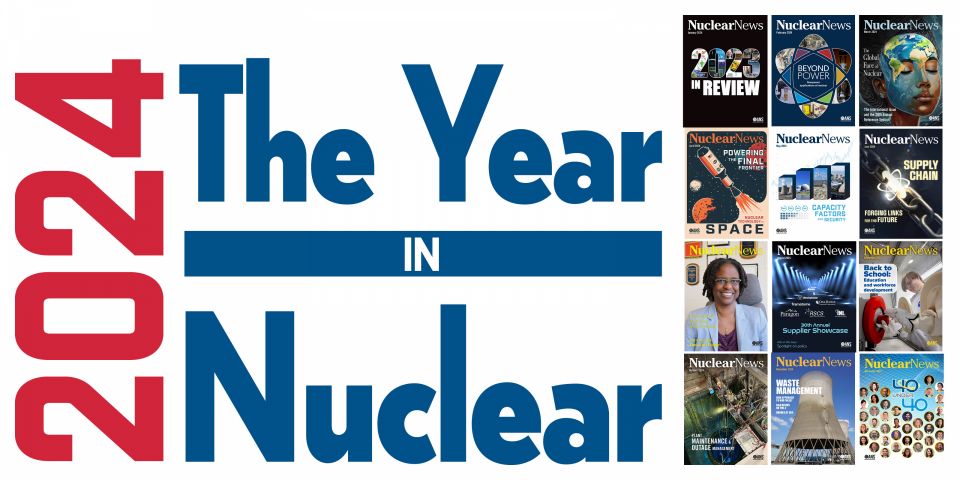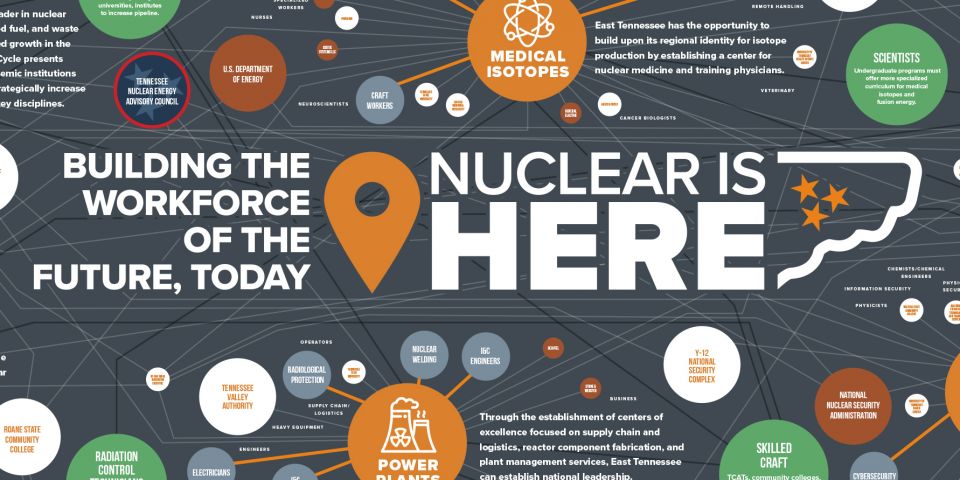Twenty years ago, utility execs tried to predict the future
In January 2003—early in the “nuclear renaissance” of the 2000s—around 70 nuclear utility executives attended an ANS Utility Executive Conference, which was organized around the theme “Future Vision.” They traveled to Scottsdale, Ariz., to discuss how the nuclear community could achieve the bright future they envisioned just ahead—does that sound familiar?






